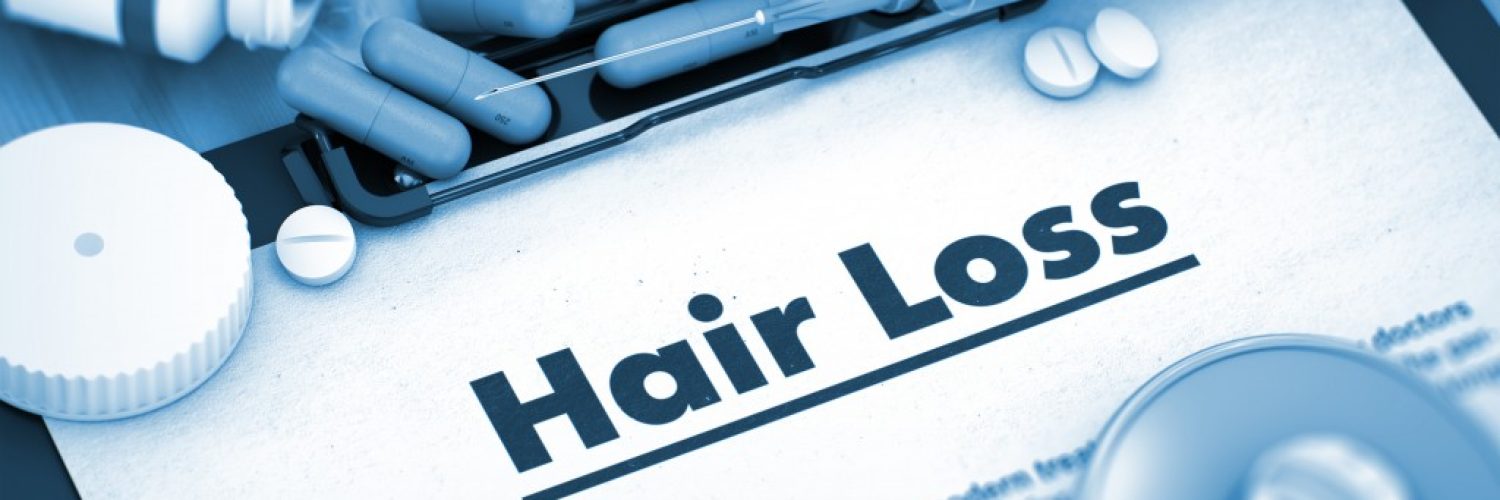Most people believe that hair is everyone’s crowning glory. But it’s not always the case for everyone.
Alopecia areata is an autoimmune disorder that affects at least 6.8 million people in the country. In most cases, hair falls out in small patches, which is often noticeable in pillows, brushes, or even shower drains.
When a person has an autoimmune disorder, his or her immune system sees their own body as its enemy and attacks it. When it comes to alopecia, the immune system attacks the hair follicles, causing the hair to fall out. It often falls out in clumps, which are usually the size of a quarter.
The amounts of hair fall vary in every person. Some lose it in a few spots while others lose a lot of their hair. But there are times when a person loses all the hair in their head or even their entire body.
Basic overview of alopecia areata
The American Academy of Dermatology says that not everyone loses all the hair in their scalp or body. Also, the hair that they lost will grow back again but may still fall out in time.
One in every five people with this condition has a family member who experiences the same. Alopecia typically develops suddenly, even in just a few days. People who have alopecia with patches of hair loss experience complete recovery without going through any treatment.
Alopecia is not contagious, which means that you won’t get it by mere contact with a person who has alopecia. It’s also not caused by nerves. It happens when the immune system attacks the body’s hair follicles, causing the hair to fall out.

Treating alopecia
There is no cure to alopecia . But there are several forms of treatment that doctors can suggest helping promote hair regrowth much faster.
One of the most common forms of treatment is corticosteroids. It’s an anti-inflammatory drug that helps subdue the body’s immune system. Patients can administer this type of medication through oral means, topical ointment application, or local injections. There’s also a full micropigmentation treatment option. Whether you’re in Las Vegas or New York, you have choices on how to treat your alopecia.
There are other types of products that can promote hair growth or help alleviate the effects of the autoimmune disease. Some of them are SADBE, Anthralin, and DPCP. Minoxidil is another type of medication that’s readily available in most drug stores. Although some of these are effective in promoting hair regrowth, they can’t prevent the appearance of new bald patches.
What to do if you have alopecia
Although hair has a significant impact on the way a person looks, it also has protective qualities that people with alopecia are missing. For those who have this condition, it’s best to wear sunscreen to help protect your scalp from the sun. If you’re not comfortable with it, you can also use hats and wigs as protection.
Wearing wraparound glasses can help protect your eyes from the debris which the eyelashes and eyebrows usually do. Also, use ointment inside the nose to keep the membranes inside moist.
If you are suffering from alopecia, there are many support groups and counseling services available for you. Going through alopecia areata is traumatic. That’s why you need to have all the support that you can get so that you can get through it.

